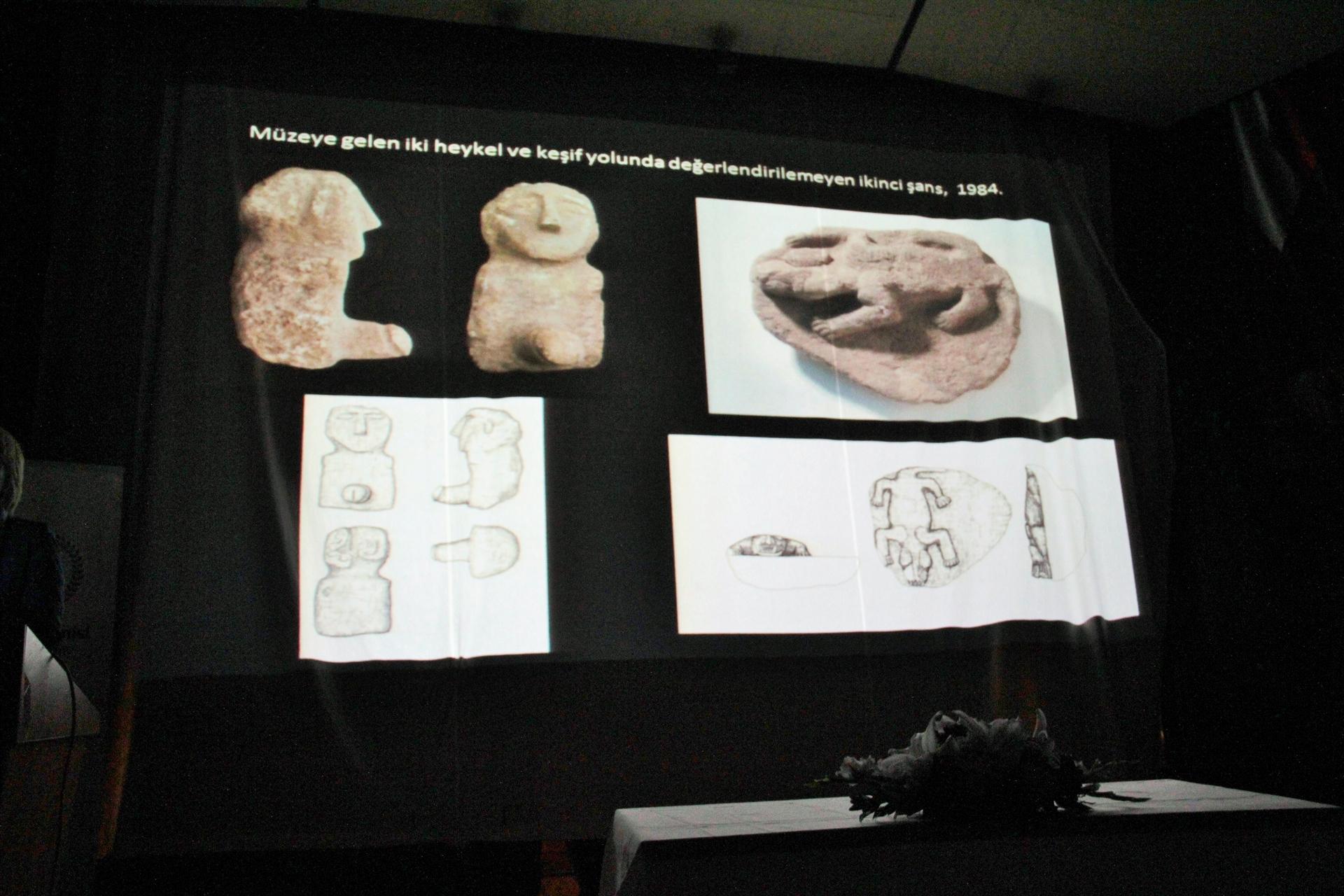
Archaeologist Çiğdem Köksal Schmidt, the wife of the late Professor Klaus Schmidt, who headed the excavations in Göbeklitepe and died in 2014, has introduced the ancient settlement at a conference in the Aegean resort of Bodrum.
The excavations initiated by Professor Klaus Schmidt in the oldest known settlement in the world in the southeastern province of Şanlıurfa were explained at the conference “The Story of a Discovery and 20 Years,” organized by the Herodotus 3rd Age Academy at the Oasis Nurol Cultural Center in the Aegean district. The conference drew many Bodrum residents.
Schmidt said Göbeklitepe was a settlement during an era when people had not yet begun agriculture and metal had still not been found yet.
“An American archaeologist first discovered Göbeklitepe in 1963 during surface survey. The sculptures that were found in 1985 were depicting Göbeklitepe but a chance for excavations was missed then. Klaus detected Göbeklitepe in 1994 by working on tinderboxes and other pieces on the surface. The obelisks in the first four structures that were first discovered were striking attention. We found some bird figures such as bald ibis on these obelisks. Also totems were found in these excavations along with some human heads. This civilization that dates back to 14,000 years ago changed not only the history of Anatolia but the history of the world and added brand new dimensions to Anatolian archaeology,” she said.
Schmidt said that the most important circular-shaped temple in Göbeklitepe was the Temple T, adding, “There are mostly T-shaped obelisks with animal figures in these temples. The sculptures that were discovered reveal the magnificence of this civilization.”
Schmidt said that people who lived in Göbeklitepe had stone and wood tools. Many publications about this ancient settlement caused thousands of people to flock to Göbeklitepe, according to her.
Following the 55-minute conference, Schmidt replied to questions and said that “information pollution” occurred over the last years.
“Göbeklitepe was tried to be shown as the place where religion was born. But no archaeological findings supported this view. Also, we found human bones as well as animal bones there but we did not destroy the altars and touch the artifacts under the walls. Anthropologists who joined our team in 2009 found traces of cuts on human bones. But there is no definite finding that these people were exposed to violence or killed deliberately. We did not find the traces of violence in the Göbeklitepe excavations,” she said. She added that statements like “Göbeklitepe will rewrite human history” were too assertive.